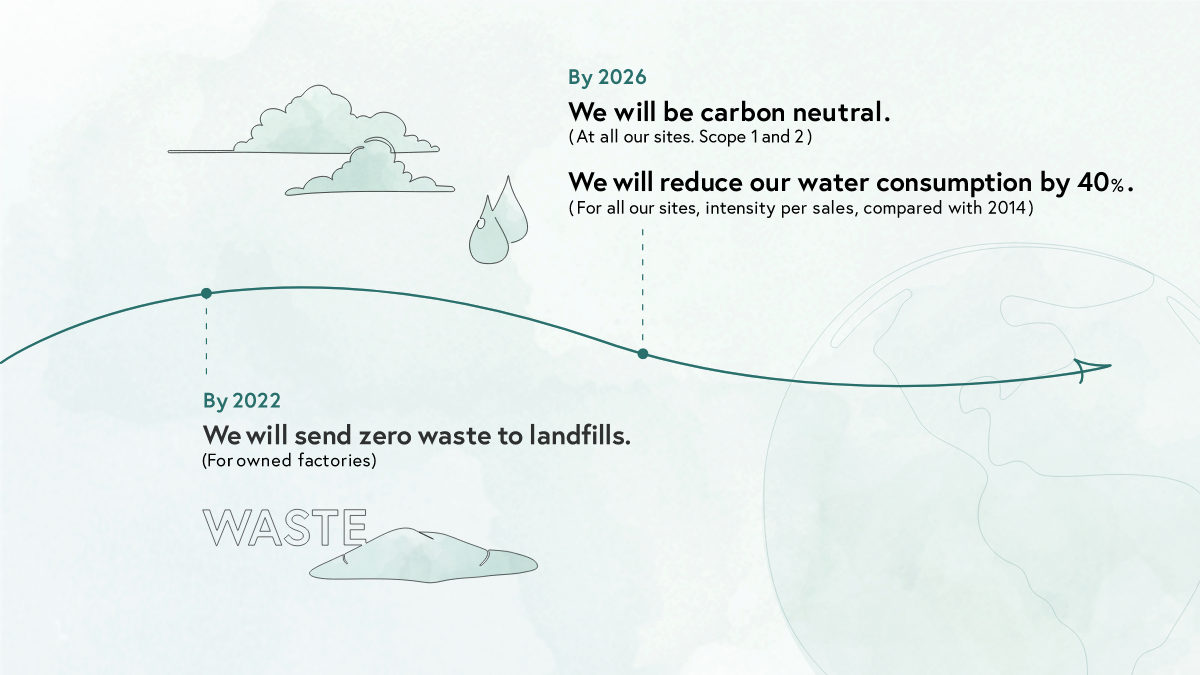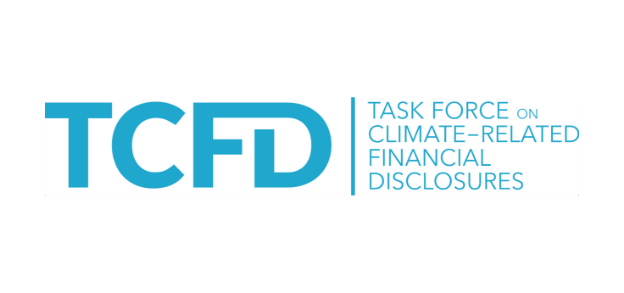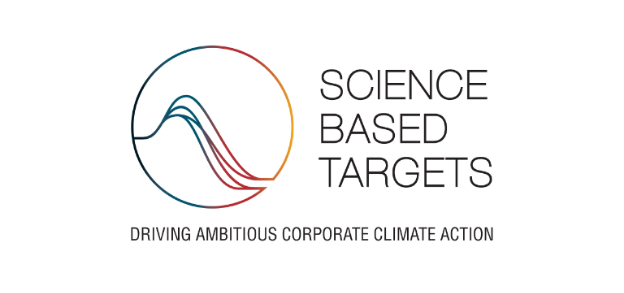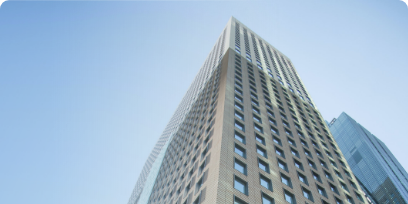Renewable Energy
Switching from fossil-derived energy to renewable energy is one of our important environmental initiatives. We have been increasing the use of renewable energy at our offices and factories, the latter of which are known for their high power consumption. Four of our factories in Japan — Osaka, Kakegawa, Kuki, and Nasu — are actively using renewable energy from CO₂-free hydroelectric power. The Nasu factory and seven offices in Europe and Brazil have replaced 100% of their electricity with renewable energy.
In addition to the use of renewable energy, we are promoting the installation of solar power systems on the premises and buildings of factories and research centers worldwide. In 2021, we installed and expanded the scale of such systems at three factories: Kakegawa (Japan), Gien (France), and Beijing (China). Five of our factories are now equipped with solar power systems, and a total of seven factories have achieved 100% renewable energy.
As a result of these initiatives, the amount of renewable energy used in 2021 increased and is equivalent to 50% of total electricity usage. We strive to increase the use of renewable energy and are currently accelerating our transition. We have also joined RE100— a global initiative bringing together businesses committed to 100% renewable electricity.
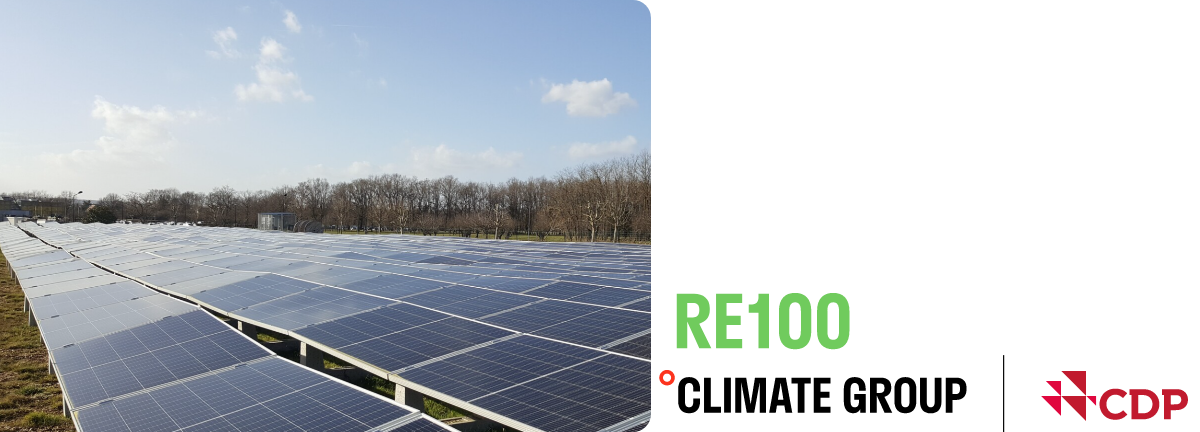
Improving Energy Efficiency
As part of our efforts to mitigate climate change, it is important to reduce and optimize energy consumption related to CO₂ emissions. Improving energy efficiency, such as the use of electricity in buildings and facilities, is an effective initiative to reduce CO₂ emissions.
At Shiseido factories, we are introducing building design improvements such as heat insulation, selecting more efficient equipment that leads to energy saving, and implementing environmental measures based on the ISO 14001 environmental management system.
At our Kakegawa factory (Japan), in addition to the use of LEDs, we installed Energy Management Systems (EMS) to visualize and optimize energy consumption. Our Osaka Ibaraki factory and West Japan distribution center (Japan) were designed in consideration of sustainability. By pursuing an energy-saving design and improving the thermal insulation performance of the building, we have been able to reduce CO₂ emissions by approximately 30% compared to regular designs.
CO₂ Reduction During Transportation
We are working to reduce our CO₂ emissions and environmental impact throughout the value chain, including during transportation. As part of our efforts in Japan, we engage in joint delivery initiatives with other companies to improve efficiency surrounding intra-regional routes and loading. For ocean freight in Japan and the USA, we are working to reduce the number of shipments and containers in operation, while optimizing the use of packaging materials according to the shape and volume of shipped goods. We are also promoting the reuse of protective materials during transportation.
In addition, the West Japan distribution center — established in 2021 — is expected to reduce CO₂ emissions from product transportation by more than 60 tons per year. This is made possible through the distribution center’s location next to the factory — the first initiative of its kind for Shiseido.
Engaging Suppliers
We also aim to reduce CO₂ emissions during the procurement of raw materials. As such, we hold a global conference to share information with our suppliers and business partners, communicating our strategic policies and asking for their cooperation in the reduction of CO₂ emissions.
We have also revised the Shiseido Group procurement policy. It includes the “policy for responsible procurement” in addition to the procurement vision and basic policy, which were stated in the previous policy. As part of the revision, we have established a sustainability-focused policy that clearly states our intention to promote initiatives to reduce CO₂ emissions with suppliers.
